Australians and overseas visitors are returning to the cities after lockdowns, with a new report showing enquiries for rental listings up 31 percent in capital cities and down 30 percent in regional areas.
However, people looking to rent are in for a challenging market, facing strong demand and low supply across the country.
PropTrack’s director of economic research, Cameron Kusher, said he expects the clear shift in demand for rentals away from regional areas to capital cities to continue.
However, as housing and unit prices in nearly all markets are on the downswing, there is a lack of new investors to provide more rental supply.
“Although property prices are decreasing and rents are increasing, it is significantly cheaper to be renting than paying off a mortgage in most cases,” Kusher said.
Housing finance data showed new loans to investors in November dropped to its lowest value since April 2021, at $8.3 billion (US$5.8 billion).
High levels of demand for rental properties have pushed the national median advertised rent to $480 (US$333) per week by the end of 2022, up 6.7 percent over the calendar year.
But according to property researcher CoreLogic, national rent values increased by a record high of 10.2 percent in 2022, with momentum slowing towards the end of the year.
The slowdown in December was attributed to a rise in supply, but CoreLogic’s head of research, Eliza Owen, was unsure if the downward trend would continue.
Sydney and Melbourne Return to Pre-Pandemic Levels
Meanwhile, Kusher noted that fewer renters are becoming homeowners, with lending for first homebuyers at its lowest level since May 2020.Rental stock in Melbourne (37 percent), Sydney (26 percent), and Brisbane (18 percent) saw the biggest falls in rental supply.
Despite the above figures in Melbourne and Sydney along with strong growth in rental prices nationally, Kusher said rental costs in Australia’s two most populous capital cities saw “relatively minimal growth over the period.”
“As a result, we expect that in these two cities, given the lack of stock available for rent, there is likely to be scope for further significant increases in rent,” he said.
Melbourne and Sydney were also the two markets hit the hardest by lockdowns, particularly in the CBD markets after the exodus of international students and visitors.
The expensive property market also means rental yields for investors in these two markets are “overwhelmingly” the lowest in the country.
During the COVID-19 years (2020-2021) it is estimated Queensland received around 80,056 new migrants, with the vast majority coming from New South Wales and Victoria, where the capital cities of Sydney and Melbourne experienced some of the toughest lockdowns.
Melbourne, in particular, held the record for the city enduring the longest lockdown in the world.
Brisbane’s more affordable real estate, easier lifestyle, and the advent of work-from-home spurred many big-city Australians to pack up and relocate.
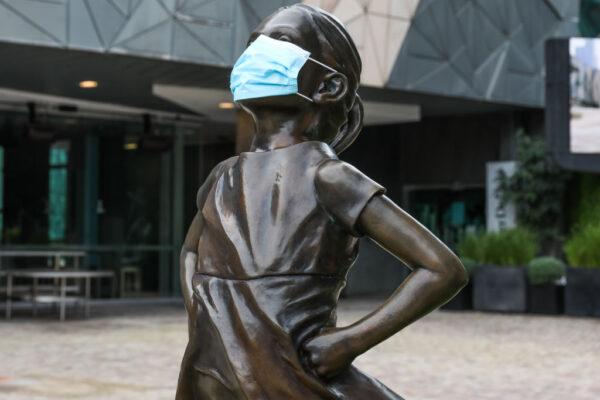
Addressing Rental Supply
New South Wales’ Labor party has proposed a build-to-rent strategy to address the rental crisis ahead of the state election in March.Properties would be built on government land by Landcom, the state-owned land and property development organisation, and developers would be obligated to keep at least 30 percent of residences as affordable or social housing.
“This is a crisis—and we’re going to act,” NSW Labor Leader Chris Minns said on Jan. 10. “Boosting supply and delivering more affordable rental housing in the regions.”
NSW Treasurer Matt Kean called the election promise “very modest,” noting the current government already had 12 build-to-rent programs in place, including 500 units in central Sydney.
In Queensland, Treasurer Cameron Dick said the government was “doing our bit” by investing in more housing and opening up more land.
“I know councils are doing their bit, but we all have to do more, and the federal government, of course, has a role to play as well, so we’ll continue to do what we have to do as a state,” he told reporters in September.
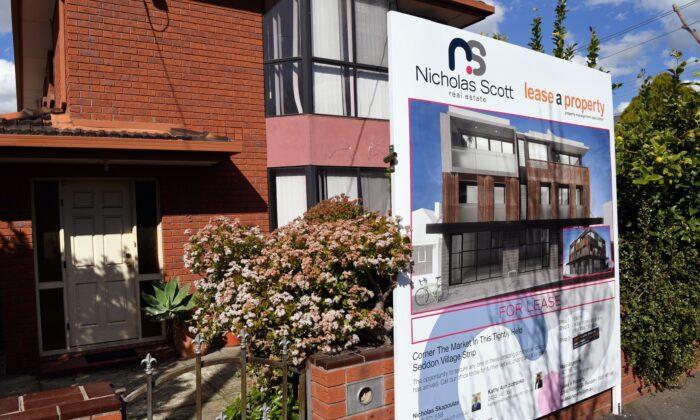

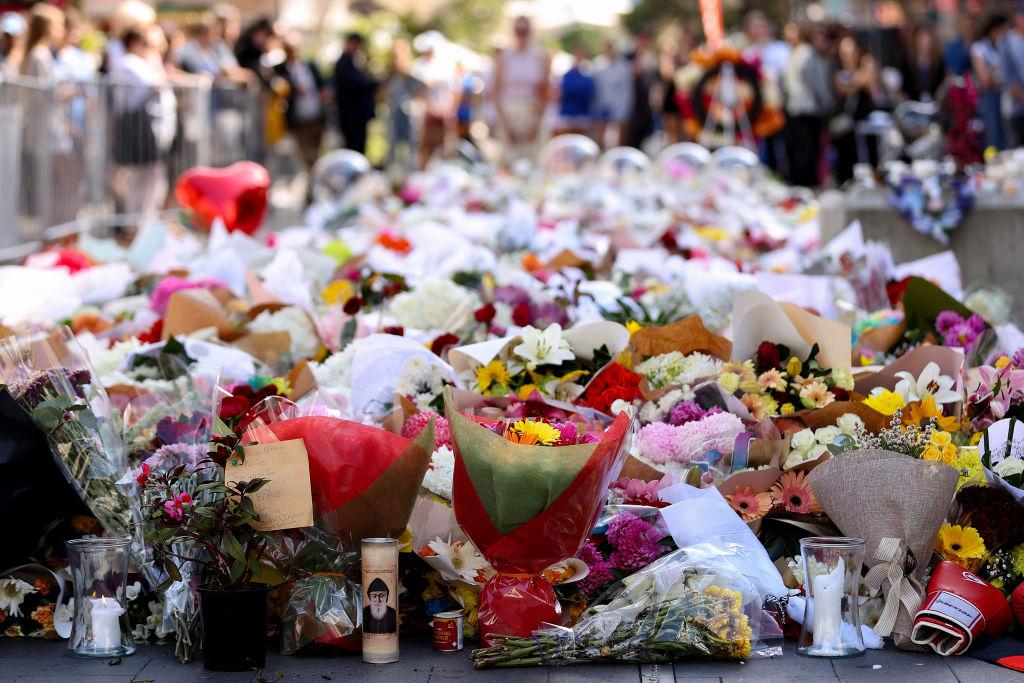
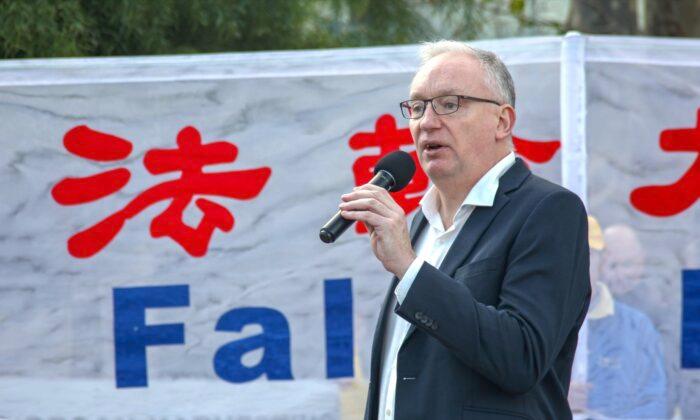

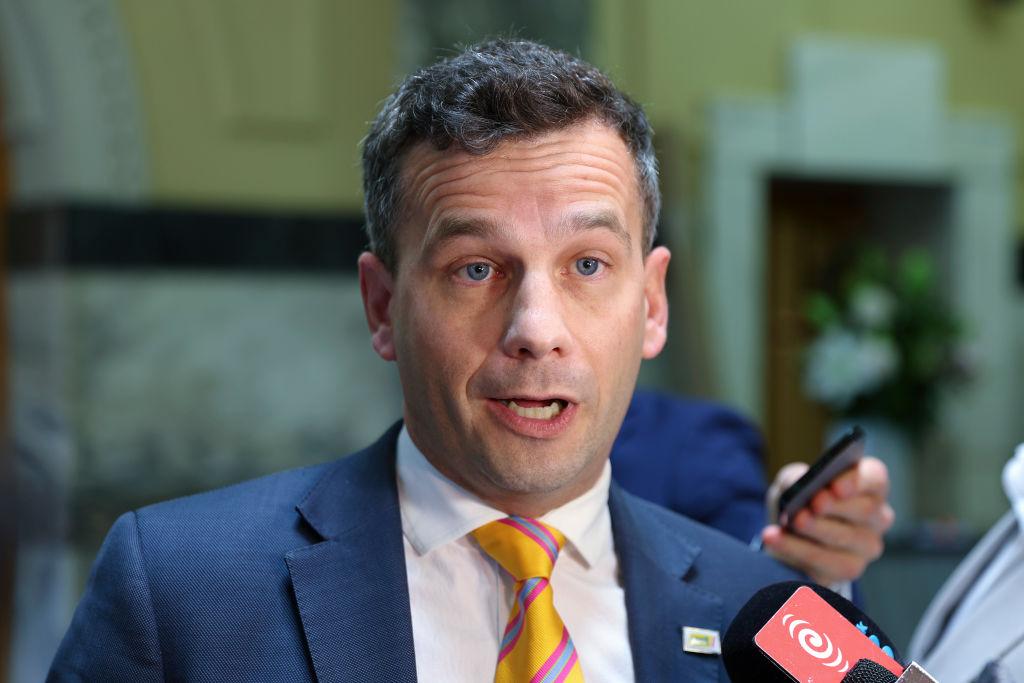
Friends Read Free